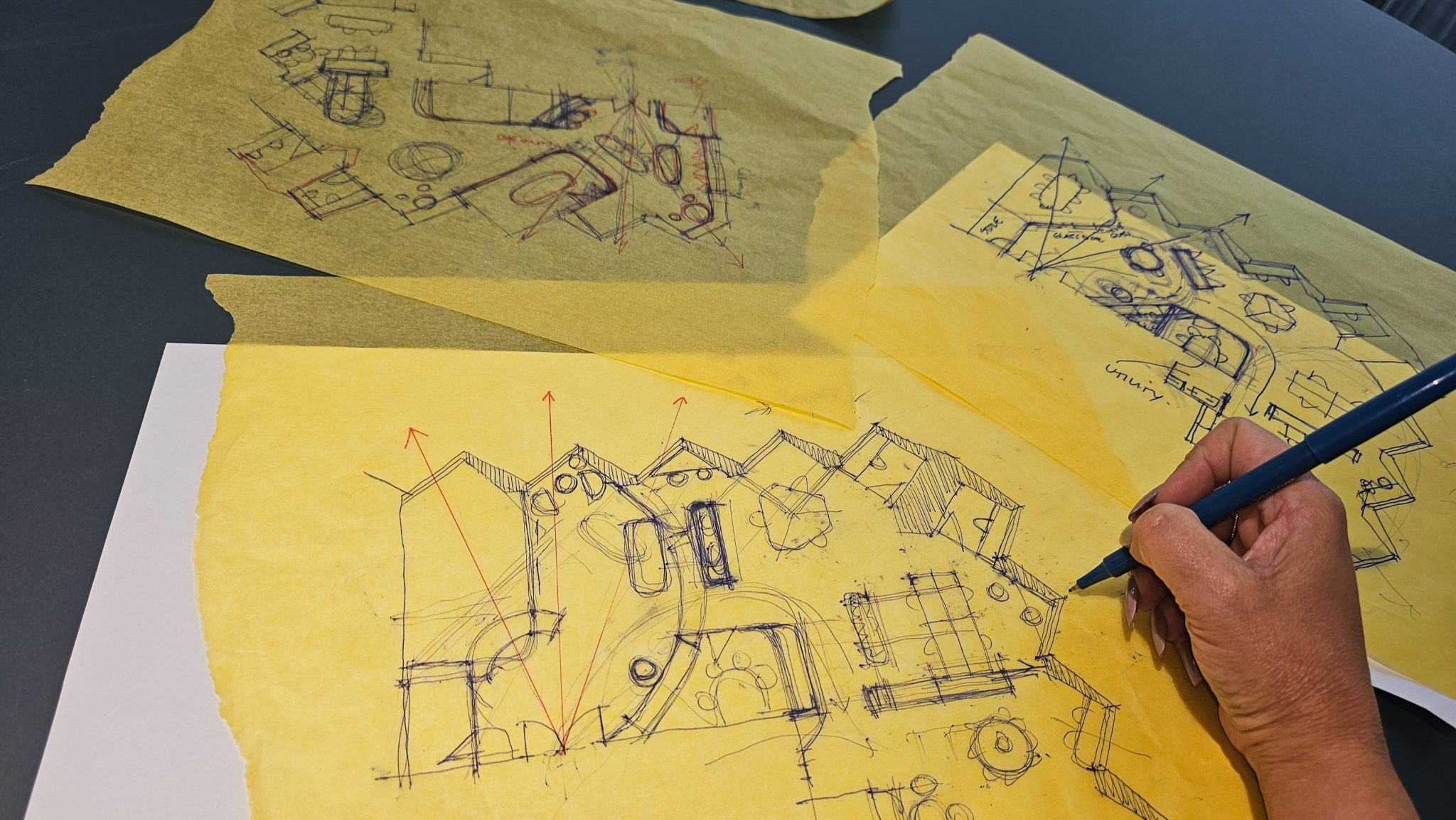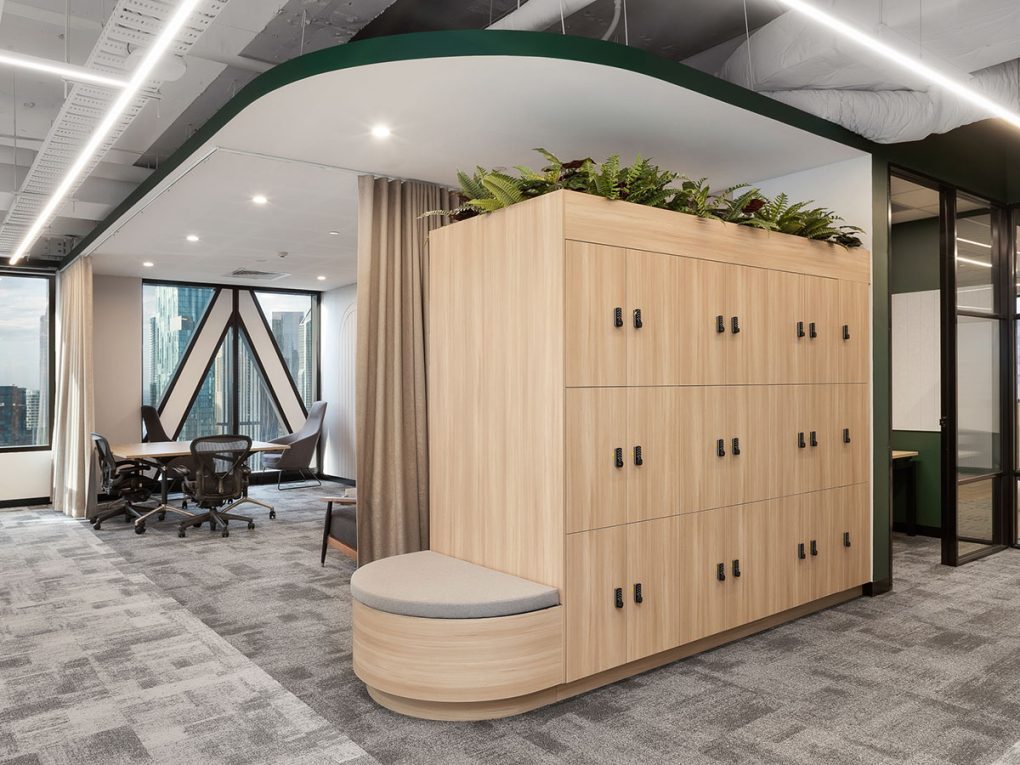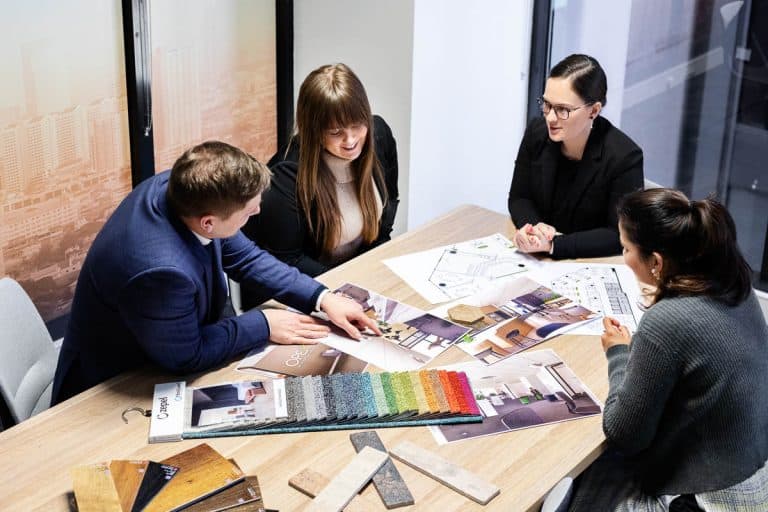In the arena of interior design, there’s an understated elegance to starting with the humble pencil sketch before venturing into the digital realm with Computer Aided Drafting (CAD). This initial step, rooted in tradition, holds its ground as a crucial part of the creative process, despite the technological leaps in design tools.
Debunking the Instant CAD Myth
Contrary to popular belief, CAD doesn’t magically produce fully formed designs at the click of a button. The path from a spark of inspiration to a polished digital drawing is more of an artful journey, punctuated with sketches that lay the foundational lines of thought. These sketches, often unseen by the client, are where the true essence of a design begins to take shape.
The Speed of Thought: Sketching’s Edge
Sketching has an unmatched immediacy, a direct conduit from thought to visual representation. This rapid transfer allows for an exploratory process where ideas can be freely tested, twisted, and turned without the interruption of digital commands. It’s a fluid dialogue with the page, where the hand leads the dance of creativity, unhindered by the structured steps required by CAD.
Serendipity Through Lines
Taking a cue from Australian architect Glenn Murcutt, sketching often leads to unexpected discoveries. As lines intersect and forms emerge, the design’s direction might reveal itself in a stroke of serendipity, a moment of clarity amidst the chaos of creativity. These instances of accidental inspiration are precious, guiding the design process in unforeseen and fruitful directions.
A Tale of Two Hemispheres: Sketching and CAD
Sketching and CAD engage different sides of the brain, with sketching calling on the creative left hemisphere, and CAD engaging the analytical right. Moving too swiftly to CAD can curtail the free flow of ideas, prematurely solidifying concepts before they’ve had the chance to mature through sketching. It’s akin to choosing the direction of a journey before exploring all the possible paths.
The Limitations of Precision
While CAD excels in precision and detail, its exacting nature can be a creative roadblock in the early stages. Sketching, with its inherent flexibility, allows for a representation that is both broad and suggestive, sidestepping the need for immediate specifics. This approach maintains the momentum of creative thought, ensuring the essence of the design isn’t lost to premature technicalities.
As our design team at Contour know, the act of sketching remains an indispensable prelude to digital design in the world of interior architecture. It’s a practice that nurtures creativity, encourages exploration, and allows for a natural evolution of ideas. As technology continues to shape the landscape of design, the simple act of sketching will continue to serve as a vital bridge between the initial concept and the final design, reminding us that sometimes, the best ideas start with just a pencil and a piece of paper.




